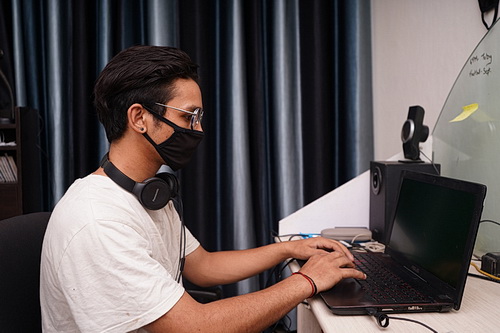
The profession of nursing is often looked down upon on the pretext that it has no major role to play in medical healthcare other than checking blood pressure and pulse, administering the medicine prescribed by the doctors and other tasks of the sort. Looking at the hefty degrees and expansive experiences of the doctors, quite a few people assume that doctors are all that the medical arena comprises of. This notion cannot be further from the truth and during this time of the COVID epidemic, it is indeed unfortunate for people to have this false notion. It plays right into the idea that in order to be important, you have to be ‘out there’ and ‘in-your-face’.
The sight of a doctor clad in his or her radiant white coat or surgery scrub might be impressively daunting to see, but what most ignore are the nurses not only following the doctors but their swift train of commands as well. And it’s anything but easy to do. The medical science and healthcare advancements as we see them today, owe a lot to the role that nurses have been playing all along.
Let’s look at the training a person has to go through before becoming a nurse.
Nurse Training
Generally, to become a nurse, you must have at the very least achieved a two-year degree in nursing, which includes medical classes same as a freshman and sophomore doctor would take, but a four-year college degree would be preferred due to the competition a person might be subjected to when applying for the position.
A two-year degree would give you the title of an LPN – Licensed Practical Nurse. A four-year graduate would make you an NPN – Licensed Registered Nurse.
If you want to pursue a higher level of nursing, you can become nurse practitioners, nurse anesthetists or nurse midwives, which requires a master’s degree. Additionally, nurse anesthetists are also required to complete 800 hours of clinical work after they have graduated with their MS.
After all that, you need to take the NCLEX exam, AKA National Council Licensure Examination, which is a required test that every prospective nurse needs to take which will determine if you are ready to become licensed as a nurse.
Now, let’s look into a few of the important roles that nurses play in facilitating effective health care:
Handling Crucial First Aid
Admit it or not, first aid is the most crucial part of the treatment, more so in emergency cases. Nurses are almost always responsible for looking into cases requiring immediate help. Whether or not a patient is able to survive until the doctor takes over the case is entirely dependent on the efficacy of the first aid and the usage of just the right life-saving techniques. Having been trained in such preliminary crucial procedures, nurses are at the heart of first aid administering and keeping the patient stable for further treatment.
Being the Source of Information to Patients
Doctors don’t always have the time to address each and every concern of the patients in detail by explaining to them about their disease/illness; which is quite understandable considering how such a large number of cases they have to tend to. As such, it is the nurses whose patients turn to when they have important questions to ask. Especially the patients who are admitted in the hospitals for days on end, this role of nurses becomes all the more important. From medicines to all sorts of strange discomforts or pains a patient might feel, it is the nurse who is a single bell away and who looks into what’s bothering the patient.
The Bridge Between Patient and Doctor
This is the most important role that a nurse plays. Doctors are mostly dependent on the report of the preliminary assessment done by the nurses for further treatment. The most trivial of things also matter when it comes to healthcare. As such, it is the nurses who facilitate this by collecting all that information and effectively passing it on to the doctor.
Also, any complaints that a patient might have are directly addressed to the nurses since doctors are not available all the time. Even if they are, the protocol calls for nurses to be at the interface between doctor and patient. In the simplest of terms, nurses facilitate effective healthcare by significantly sharing the burden with the doctors so they can better do their job.
If this is not enough to convince one of the importance of nursing, think about what would happen if they didn’t exist?





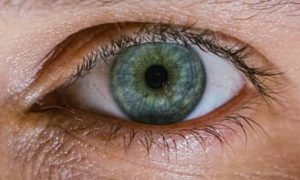
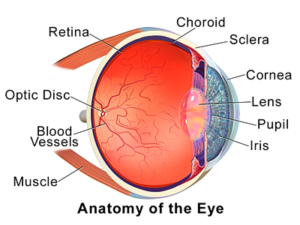 Behind the cornea is the iris. Now, this component is very visible, as it is your eye color. So, if you have hazel eyes, it is the iris that you are looking at.
Behind the cornea is the iris. Now, this component is very visible, as it is your eye color. So, if you have hazel eyes, it is the iris that you are looking at.
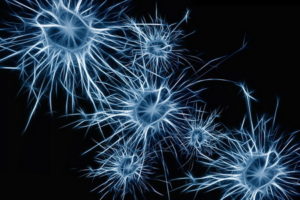 Water makes up 75 percent of your brain. If your brain does not have an adequate supply of this fluid you may feel foggy-headed and dizzy, but more importantly, it will affect your memory. This is especially crucial for the elderly to take note of.
Water makes up 75 percent of your brain. If your brain does not have an adequate supply of this fluid you may feel foggy-headed and dizzy, but more importantly, it will affect your memory. This is especially crucial for the elderly to take note of.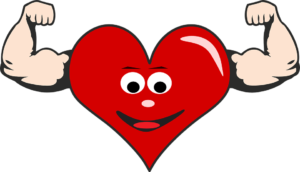 For those who are not aware, your blood plasma is about 90 percent water. If you are dehydrated, you stand the risk of lower blood pressure to the point that you may feel light-headed or dizzy when you are standing up. Now this condition can happen under other circumstances than dehydration (e.g. medication side effects), but if you haven’t drunk anything for a while, it may be that you are dehydrated; however, it these symptoms keep happening, a visit to the doctor would be the practical way to do.
For those who are not aware, your blood plasma is about 90 percent water. If you are dehydrated, you stand the risk of lower blood pressure to the point that you may feel light-headed or dizzy when you are standing up. Now this condition can happen under other circumstances than dehydration (e.g. medication side effects), but if you haven’t drunk anything for a while, it may be that you are dehydrated; however, it these symptoms keep happening, a visit to the doctor would be the practical way to do.